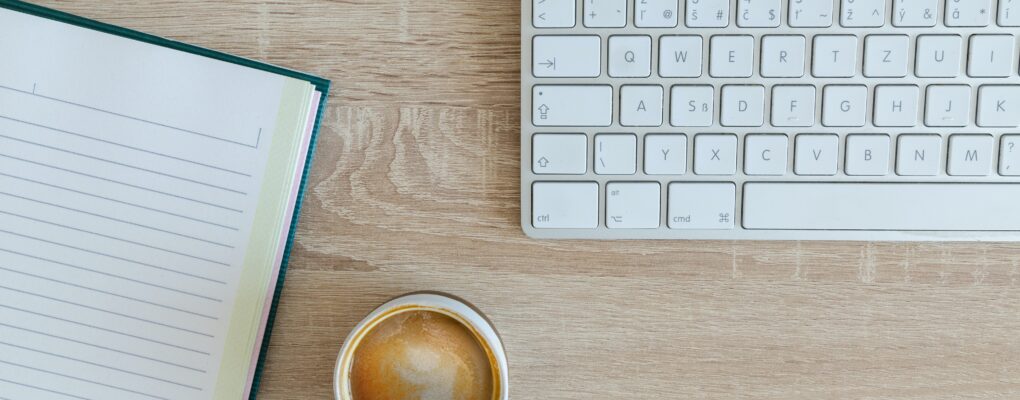
DEAR ASK A THERAPIST: We have a toddler conceived through a sperm donor. It is an open-ID-at-18 donor and our child will have identifiable details available to them when they are 18. Since learning about the importance of open and honest conversations, and through supporting our child to explore their full identity, we have put together a folder of the information we already have from the donor’s profile, which was quite detailed and included a few photos. We have also created a picture storybook of how they were conceived. We plan to read the book beginning now, and to share the donor’s information and photos if and when our child expresses an interest.
I have learned that there are Facebook groups for connecting donor siblings. Would this be something you would explore if and when a child asks or wants to do so? In other words, would you leave the decision up to the child? Or should we do this work for our child now so they grow up knowing about and potentially having met donor siblings? – RECIPIENT PARENT
DEAR RECIPIENT PARENT: Thank you for this valuable question. It sounds like you have worked hard to make important decisions for your donor conceived child, including opening yourself to better understanding best practices. How wonderful for your child that you have put together a detailed profile for them about the donor and shared a picture story about how they were conceived. This will surely help validate their conception story and give them a sense that you support the exploration of their full identity.
Making decisions for our children is a vital part of parenthood, from simple everyday decisions to more significant decisions like connecting them to their donor siblings. It sounds like you are open to the concept of your child connecting to their donor siblings, and that is a wonderful start. However, your question is speaking to whether you should leave it up to your child to initiate exploring donor siblings or if you as the parent should initiate it for them.
I am unsure of the age of your child, but most young children will not have the language or understanding to directly ask you to connect them to their donor siblings. According to the 2020 We Are Donor Conceived survey of 481 donor conceived people, 90% reported it is important to know the identity of their donor siblings. With that in mind, I think most donor conceived people would recommend initiating contact with your child’s siblings as soon as possible. Once you can initiate contact with the donor siblings, you can allow your child to take more of the lead in how they want to interact.
It is important to be supportive and present opportunities for the donor siblings to be involved in your world. This can be done through simple comments that reference the donor siblings. If you end up becoming a part of a social media group with the parents of the donor siblings, you might get updates about what is going on in the lives of the children. You could then be intentional about bringing these updates into conversation with your child. For example, if a parent posts a picture or tells a story about their child celebrating a birthday, you could then mention to your child, “Your donor sister just had her 5th birthday. It looks like she had a fun party to celebrate. Do you want to see the pictures?” This kind of open dialogue and access for your child can help them feel supported in building these relationships if they choose to do so.
You also noted in your post that you plan to show photos of the donor if and when the child expresses an interest. We believe the best time to show photos and talk about the donor is from the beginning and as early as possible. The more you are open and able to provide the information to your child with love and thoughtfulness from the beginning, the more your child will feel a sense that you fully value their genetic identity and genetic family.
Wishing you the best on this journey.
Do you have a question for Ask a Therapist? Anonymously submit your question here. Questions may be edited for length and clarity prior to publication.
Top Image by Lukas Blazek via Unsplash
